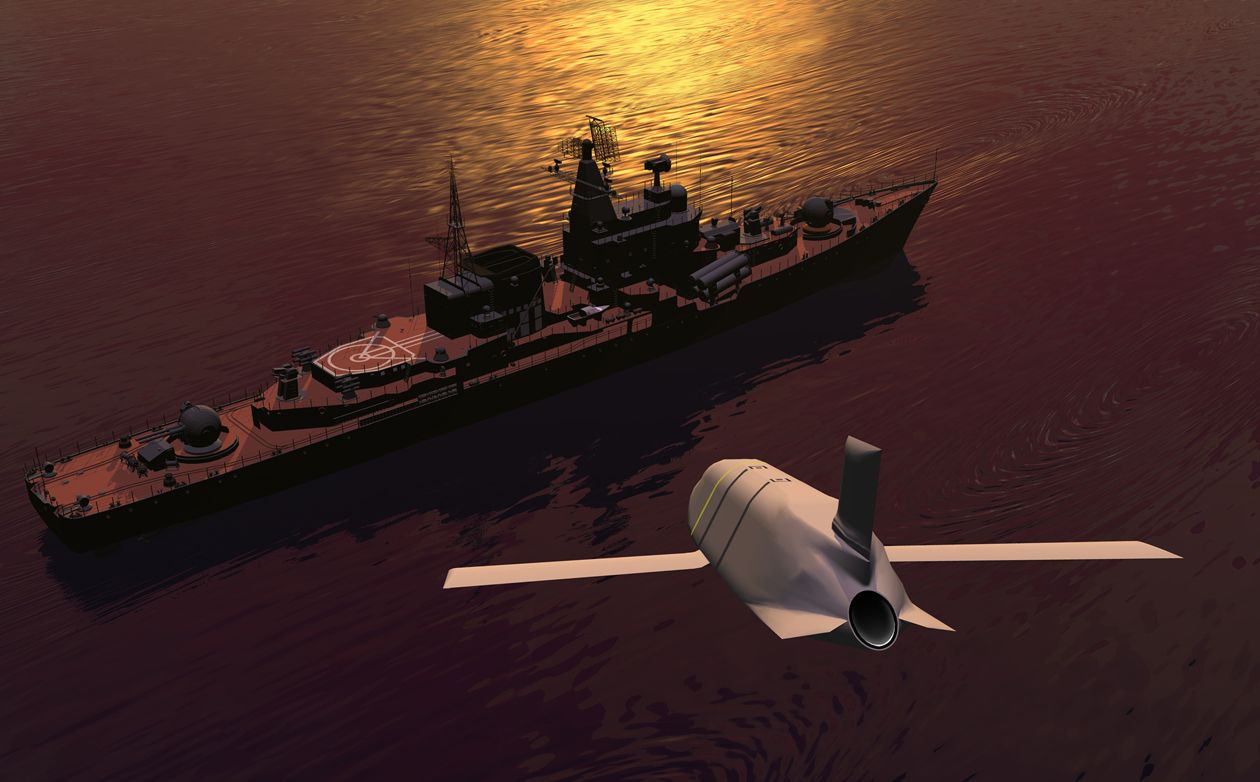This is all the best games from every year 1952–2015.
Here is the list:
1952: Nimrod Computer Game
1958: Tennis For Two
1971: Computer Space
1972: Pong
1973: Space Race
1974: Clean Sweep
1975: Anti-Ai
1976: Blockade
1977: Indy 500
1978: Sea Wolf 2
1979: Crash
1980: Pac-Man
1981: Ms. Pacman
1982: Paratrooper
1983: Super Gridder
1983: Hunchback
1984: Sokoban
1985: Super Mario Bros
1986: Outrun
1987: Leisure Suit Larry in the Land of the Lounge Lizards.
1988: Super Mario Bros 3
1989: Xenon 2
1990: Prince Of Persia
1991: Prehistorik
1992: Wolfenstein 3D
1993: Day of the Tentacle
1994: The Lion King
1995: Command & Conquer
1996: Tomb Raider
1997: Gta
1998: Half Life
1999: Quake 3
2000: Max Payne
2001: Gta 3
2002: Serious Sam: The First Encounter
2003: Medal Of Honor Allied Assault
2004: Half Life 2
2005: World Of Warcraft
2006: Need For Speed Most Wanted
2007: Crysis
2008: Assassin’s Creed
2009: Call Of Duty Modern Warfare 2
2010: Red Dead Redemption
2011: World Of Tanks
2012: Battlefield 3
2013: Gta 5
2014: Wolfenstein The New Order
2015: Tom Clancy’s The Division






